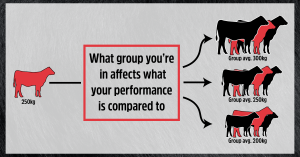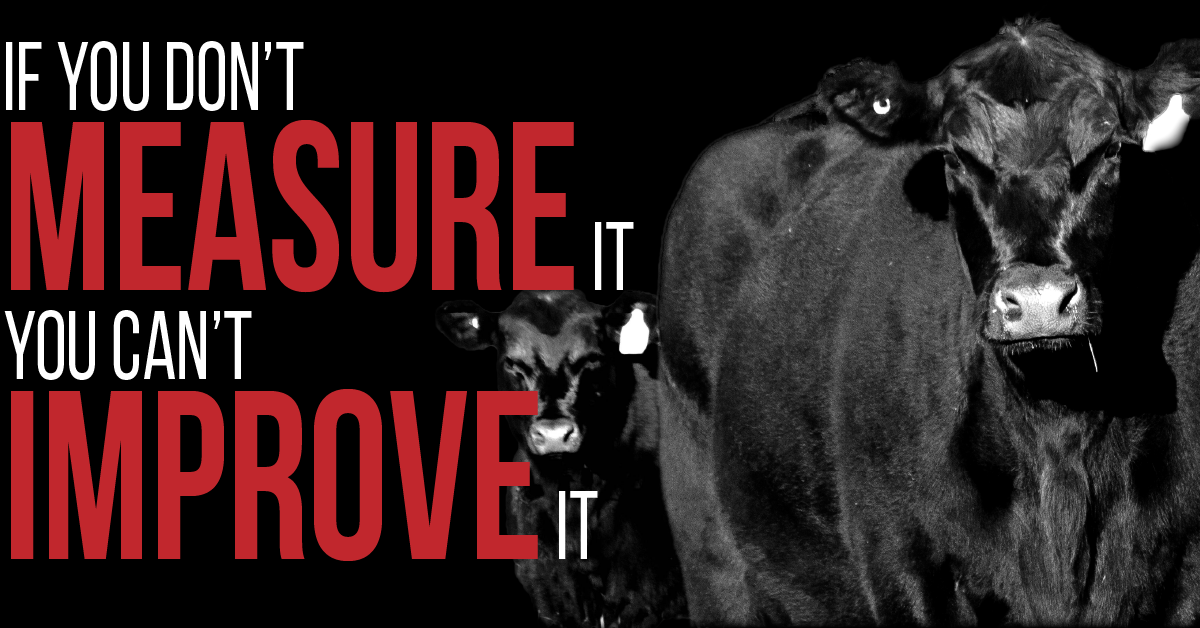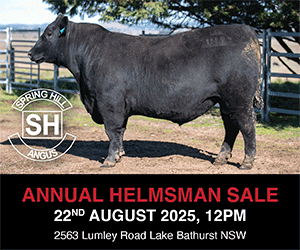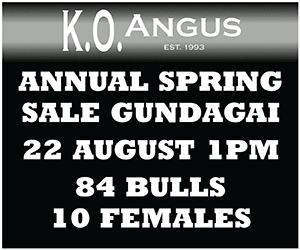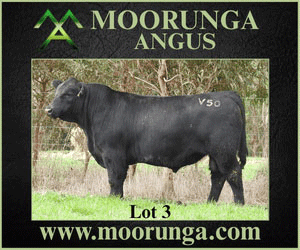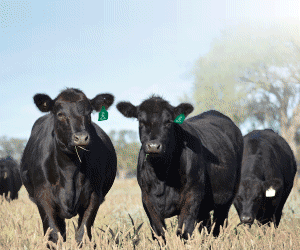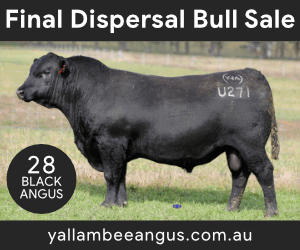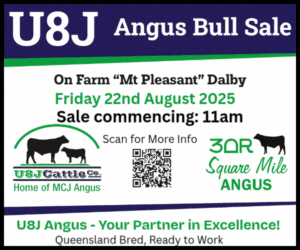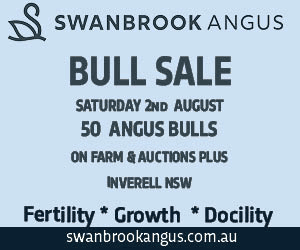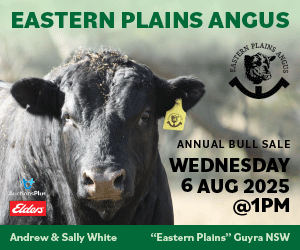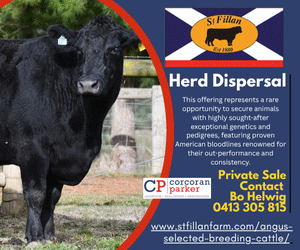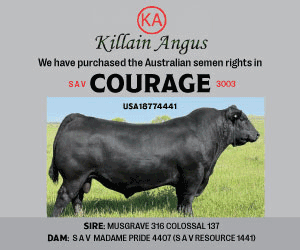Breeding values allow breeders to compare the genetic merit of animals raised in potentially very different environmental conditions. These environmental factors are not genetic and so cannot benefit a breeding program through the progeny.
Whilst the actual performance record the animal receives (e.g. birth weight of 30kg) is important, a critical piece of information for the accurate calculation of estimated breeding values (EBVs) is management group information. This is because the management group information will allow the contexting of the animals performance.
If we look at this in a practical example; if the bull we are looking that weighs 400kg from a large group of bulls that averages 340kgs, there is the potential that the bull was a standout for growth. However, if he and a small number of the bulls which average 385kg were supplementary fed, then all of a sudden his performance isn’t as amazing. This doesn’t mean he doesn’t have good growth, it just contexts his performance and this is why it’s so important accurate management groups are recorded.
The underlying principle of managements groups is that only animals that have equal opportunity to perform are directly compared together. It is only when animals can be directly compared on an even playing field that we can accurately account for non-genetic factors and calculate the genetic merit of the animal.
Most of the problems that breeders encounter in “believing” their TACE EBVs can be traced back to incorrect contemporary grouping – either calves being fragmented into isolated groups of only one or two animals (and thereby virtually eliminating those calves from any comparison with their peers) or by not differentiating between calves who performance has been influenced by different non-genetic factors (e.g. differences in management or feeding).
Specifying management group information is an important consideration when submitting any performance information to TACE. By assigning animals into management groups, seedstock breeders are acting as “eyes” for the TACE evaluation and ensuring that only the performance for animals that have had the same opportunity to perform is directly compared together.
Assigning management groups
Animals should be assigned into different management groups in any situation where their performance has been affected by different non-genetic influences to other animals. In practical terms, animals that have been run in the same contemporary group and have had equal opportunity to perform should be grouped together.
Some examples of where animals should be recorded in separate management groups are:
- grain fed animals versus paddock reared animals
- some animals are fed for show or sale
- some animals being given growth promotants
- animals reared in different paddocks in which feed is of different nutritional value
- sickness gives some calves a permanent set back
- a bull has been fighting and clearly lost weight prior to recording
- yearling bulls used as sires compared to those not used as sires
- different stages of pregnancy for heifers (try to weigh before joining and certainly before two months)
- calves weighed on different scales
- calves weighed straight from the paddock as compared to those off feed for say three hours or more
- calves that are orphaned
